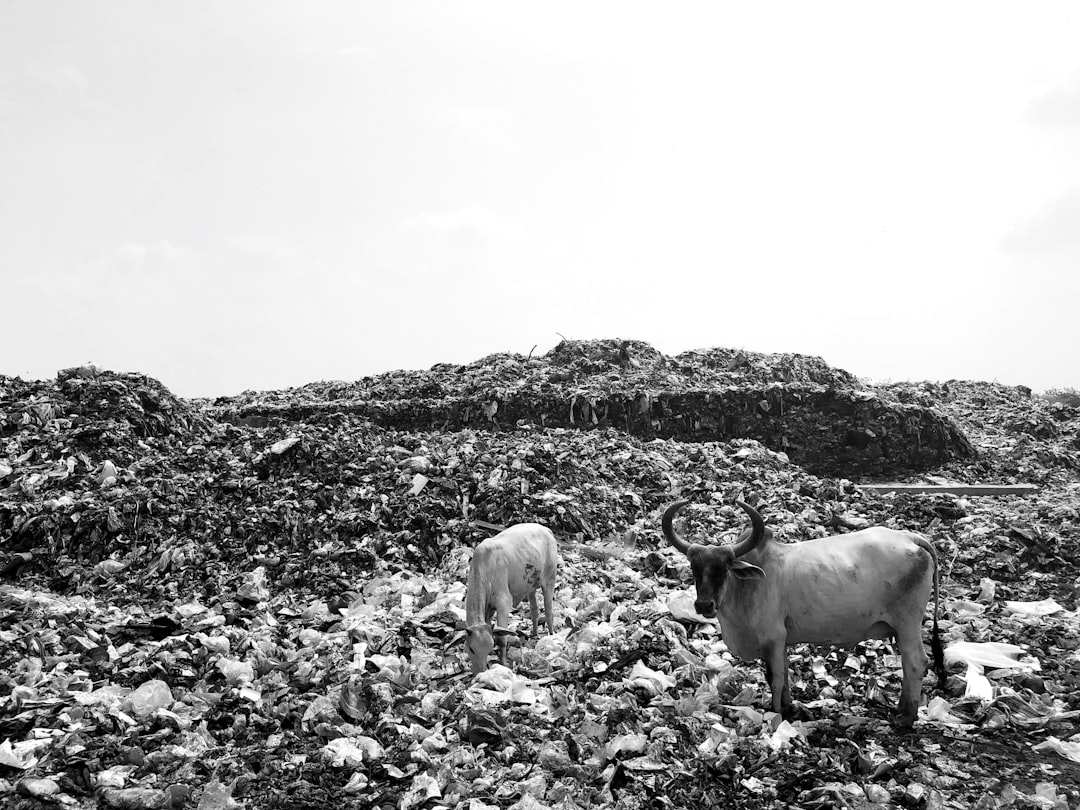What is it about?
Climate change has profound effects on ecosystems and on the compositions of species communities globally. Our study shows that European bird communities have shifted northeastward in the past 30 years, with an average distance of 100 kilometers. These shifts are guided by barriers such as elevational gradients and coastlines which were avoided by the communities. Overall, bird communities are moving towards cooler areas tracking their climatic niche, but not fast enough to keep up with increasing temperatures.
Featured Image

Photo by Shwetha Shankar on Unsplash
Why is it important?
We found that bird communities are shifting at a slower rate than the climate is warming. For some communities, this could mean that local climatic conditions become unsuitable for some species that are concurrently unable to move to better suited areas because barriers are blocking the way. The study shows that even highly mobile species like birds can be hindered by barriers, such as mountains or coastlines, and thus be prevented from following rapid shifts in temperature.
Perspectives
We already knew that species and entire communities weren't moving fast enough to track the climatic conditions that normally suit them. With this article showing the influence of ecological barriers, we now have part of the explanation for this phenomenon. In practice this means that conservation actions should be targeted towards the establishment of movement corridors or (protected) areas aiding the species to shift at an international scale. I would also like to highlight that this study is based on citizen science data compiled for the two European Breeding Bird Atlases for which all the volunteer birdwatchers, the European Bird Census Council and all EBBA coordinators were instrumental.
Laura Bosco
University of Helsinki
Read the Original
This page is a summary of: Ecological barriers mediate spatiotemporal shifts of bird communities at a continental scale, Proceedings of the National Academy of Sciences, May 2023, Proceedings of the National Academy of Sciences,
DOI: 10.1073/pnas.2213330120.
You can read the full text:
Resources
EUROPEAN BIRD COMMUNITIES MOVE TO COOLER AREAS, BUT MOUNTAIN RANGES AND COASTLINES ‘CONTROL THE TRAFFIC’
Press Release from the University of Helsinki
Obstacles slow down birds tracking global warming
Press Release of the Swiss National Science Foundation who funded parts of the study
European Breeding Bird Atlas 2
Part of the data for this study was based on EBBA2
European Bird Census Council
The EBCC coordinates the bird censuses throughout Europe including the EBBA, which was used for this study
Contributors
The following have contributed to this page










